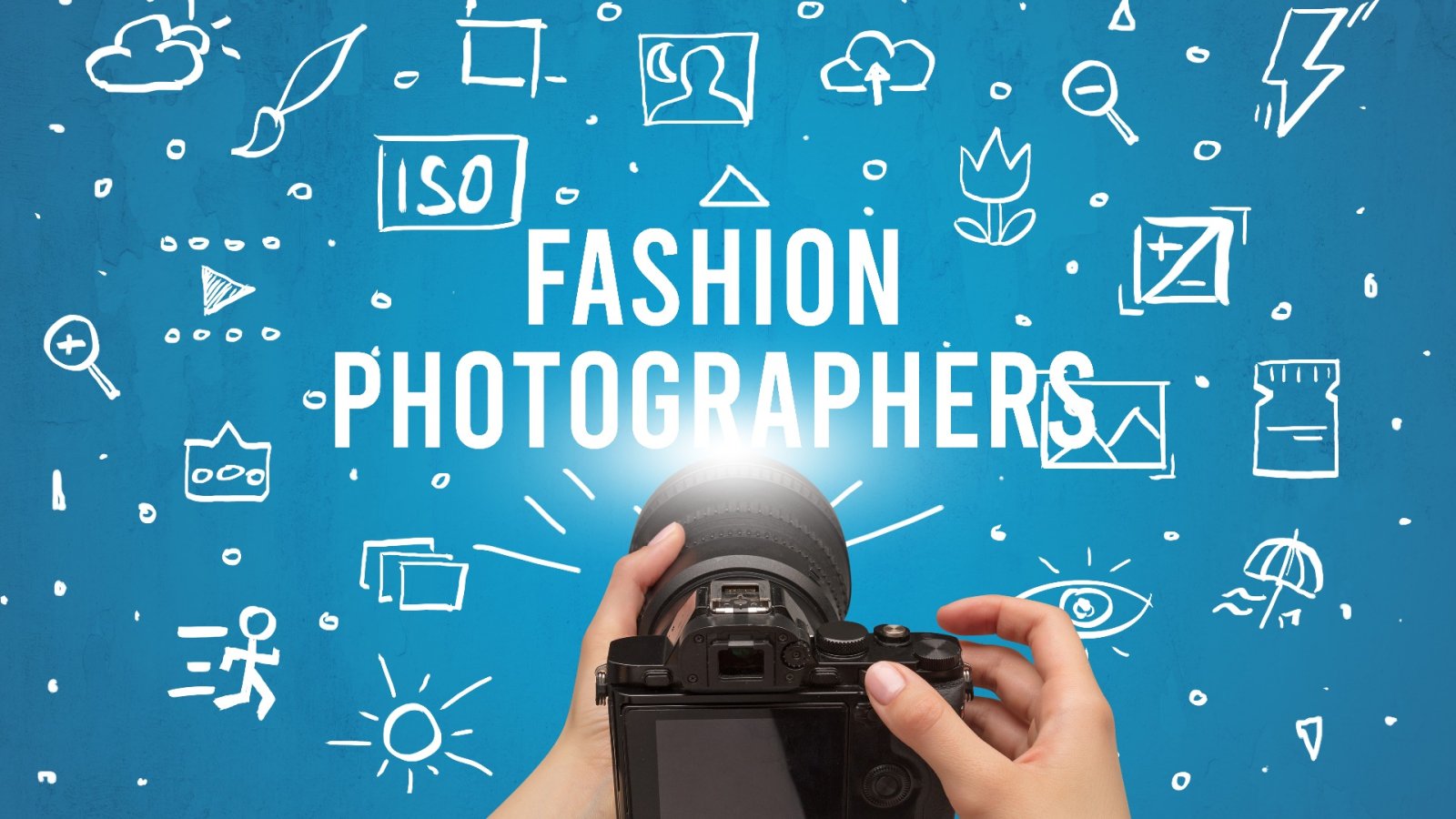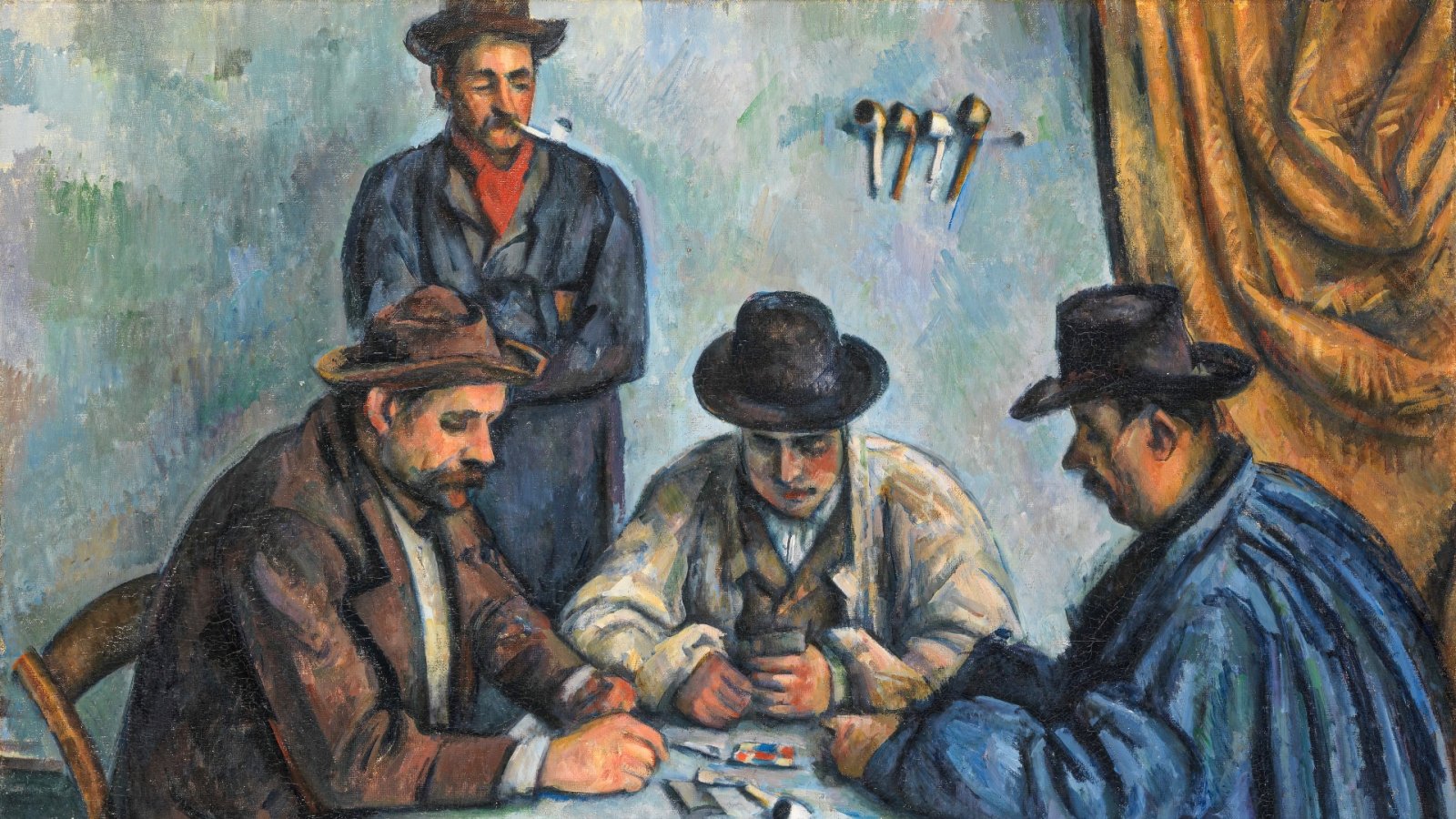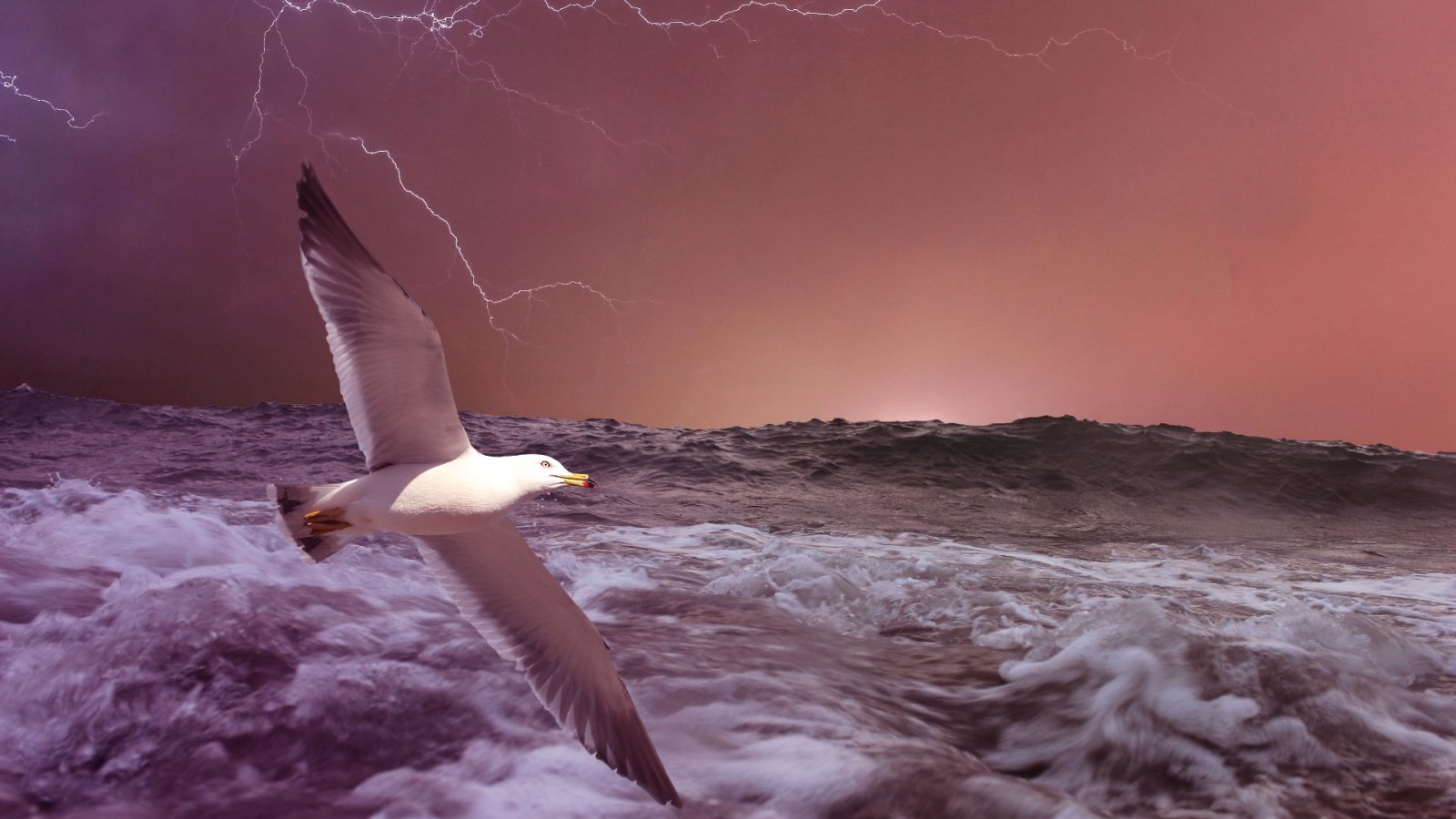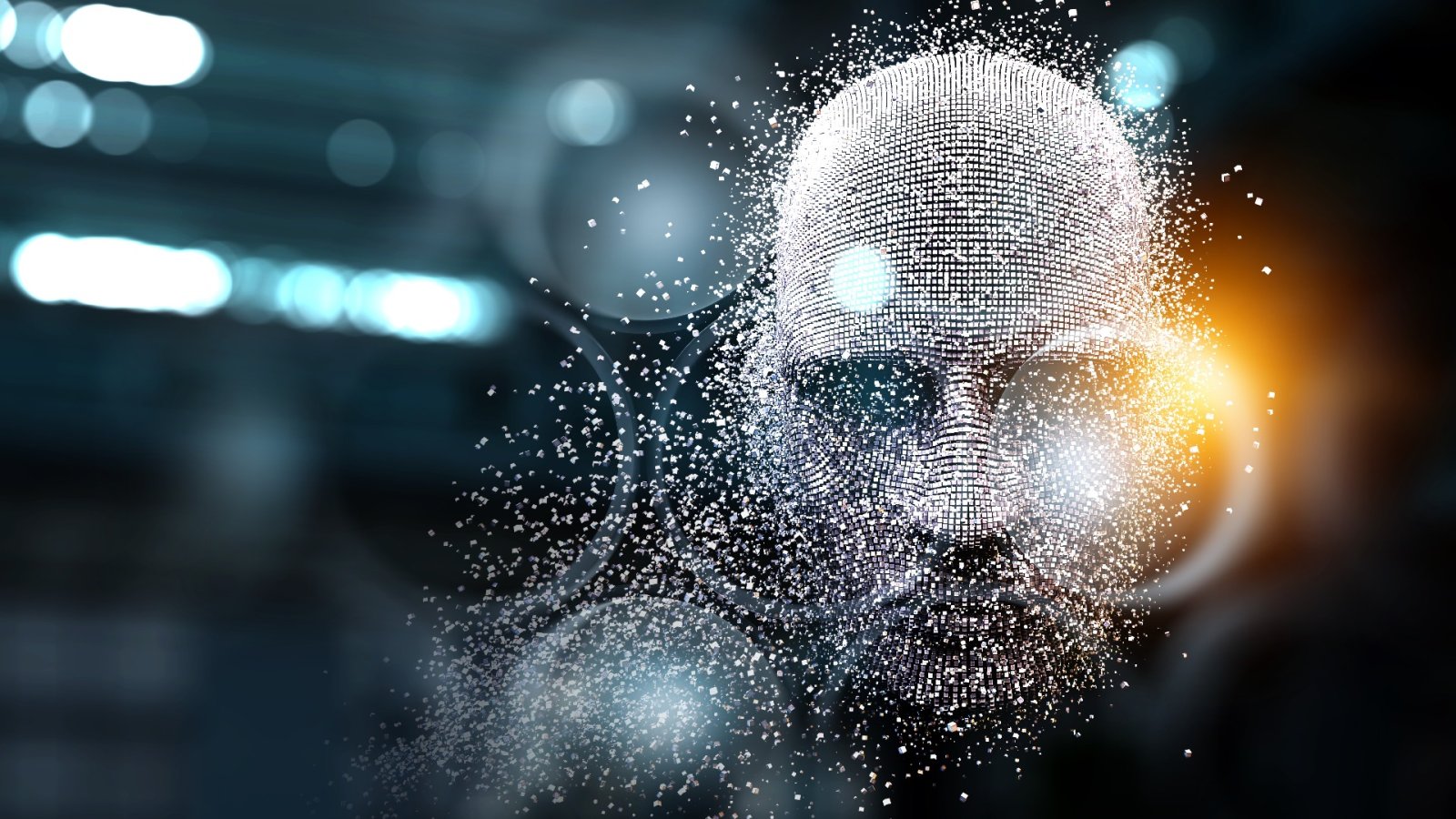With the advent of new technologies, researchers and art historians are now able to uncover new information about lost and damaged artworks. Techniques such as X-ray and infrared imaging have allowed experts to see beneath the surface of paintings, revealing details that were previously hidden. For example, X-ray imaging has been used to uncover a self-portrait by Vincent van Gogh beneath one of his other paintings, while infrared imaging has been used to detect underdrawings in Leonardo da Vinci's The Last Supper.
In addition to these imaging techniques, other technologies such as 3D printing and computer modeling are also being used to restore and preserve damaged artworks. For example, 3D printing has been used to create exact replicas of fragile ancient scrolls, allowing researchers to study them without risking further damage. Similarly, computer modeling has been used to create virtual reconstructions of damaged artworks, allowing experts to study them in greater detail and even develop restoration plans.
The use of new technologies is helping to uncover new information about some of the world's greatest artworks, bringing us closer to understanding their true history and significance. By using these tools, we can continue to preserve and protect these priceless pieces of our cultural heritage for future generations. For instance, artificial intelligence (AI) is being used to restore and preserve damaged or lost artworks. In some cases, AI is even able to uncover details about a work of art that was previously hidden or lost. For example, AI can be used to analyze X-ray and infrared images of paintings to reveal hidden layers or underdrawings. In other cases, it can create virtual reconstructions of damaged artworks, allowing experts to study and develop restoration plans for these pieces.
So far, AI is proving to be a valuable tool in the field of art restoration and preservation. By using AI to uncover hidden details and create virtual reconstructions, experts are able to gain a better understanding of damaged and lost artworks and develop plans to preserve them for future generations. In some cases, AI is used to analyze X-ray and infrared images of paintings to reveal hidden details or underdrawings. The human contribution in this process includes cleaning up the X-ray image to remove elements from the surface painting and gathering a dataset of the artist's works for the machine to learn their style.
However, the use of AI in art restoration and preservation is not without challenges. One barrier that researchers have encountered is the limited information provided by traditional X-rays, which were first used in paintings in the 19th century. To overcome this, conservators often take samples from the canvas to learn more about the materials, pigments, and possible damage. However, newer scanning technologies now allow them to get this information without touching the work.
The National Gallery in London has partnered with University College London and Imperial College London on a project called Art Through the ICT Lens (ARTICT) to produce clearer images of paintings using state-of-the-art scanning equipment.
One of the paintings that have been studied as part of this project is Francisco de Goya's Doña Isabel de Porcel (c 1805), which has a hidden portrait of a man underneath. To uncover this hidden portrait, multiple scans from different regions of the electromagnetic spectrum were combined, a process that was previously done manually. However, thanks to the research done as part of the ARTICT project, this process can now be done using a computer.
Some people have questioned the accuracy of projects that attempt to recreate lost works of art using technology. For example, Google Arts & Culture's attempt to recolor Klimt's Faculty Paintings, which were destroyed in a fire and are only known through black and white photographs, has been criticized for using excessive artistic license and reducing the paintings to "cartoons". In contrast, Erdmann has attempted to limit human aesthetic input in his own reconstructions, and the final image is chosen by an algorithm rather than hand-picked by experts. These types of projects offer the opportunity to explore what a lost masterpiece might have looked like, and are part of a long tradition of historical reconstructions. However, they have recently been created and experienced digitally, allowing for the original work to remain unchanged. The best of these attempts are openly inconclusive, serving as a starting point for our own imaginations.






